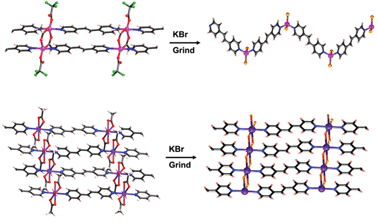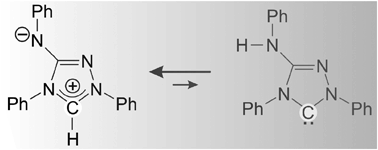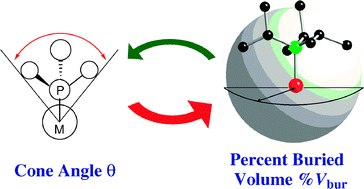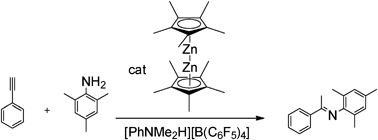We are delighted to announce the forthcoming ChemComm–RSC Prizes & Awards Symposium jointly organised with the RSC Dalton Division.
Date: Wednesday 23rd May 2012
Location: University of Oxford, UK
Time: 11am – 6.45 pm
The purpose of this event is to bring together scientists in a stimulating and friendly environment to recognise the achievements of individuals in advancing the chemical sciences and also to foster collaborations. The symposium will appeal to academic and industrial scientists with an interest in inorganic and supramolecular chemistry. Attendance at the symposium is FREE OF CHARGE and student participation is strongly encouraged.
The following distinguished scientists have agreed to speak:
- Professor Manfred Scheer, University of Regensburg, Germany (ChemComm sponsored speaker) – Polyphosphorus Ligands in Supramolecular Chemistry
- Professor Kay Severin, EPFL, Switzerland (ChemComm sponsored speaker) – Multicomponent Assembly of Molecular and Polymeric Nanostructures
- Professor Andrew Cooper, University of Liverpool, UK (ChemComm sponsored speaker) – Porous Organic Cages: MOFs Minus the Metals?
- Professor Lawrence Que, University of Minnesota, USA (Inorganic Mechanisms Award 2011 Winner) – C-H Bond Cleavage by High-Valent Non-haem Iron-Oxo Complexes
- Professor Russell Morris, University of St Andrews, UK (Applied Inorganic Chemistry Award 2011 Winner) – Adsorption, storage and delivery of medically important gases in porous solids
- Dr Jonathan Nitschke, University of Cambridge, UK (Corday-Morgan Prize 2011 Winner ) – Designing complexity and function within self-assembled chemical systems
To register for the symposium, please complete the online registration form.
For further details, please contact Richard Walker.



















